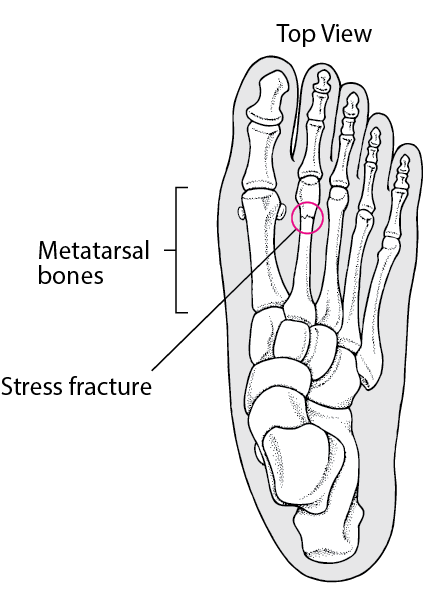
Education is the most powerful weapon which you can use to change the world. -Nelson Mandela
Why do I have foot and/or ankle pain?
Foot and ankle complaints usually stem from the following causes:
Traumatic foot injuries: including fractures, sprains, and strains
Congenital foot deformities: these can be inherited or present at birth
Biomechanical: due to environmental stresses, mechanical changes in the feet over time or continuous use of improper footwear
Infection: these can be bacterial, viral or fungal
Arthritis: wear and tear of joints due to aging or autoimmune/inflammatory diseases
Common Foot Questions
What are commonly encountered foot/ankle problems?
Bunion pain: a bunion, or hallux valgus, is caused by a misaligned great toe joint resulting in a painful bump and the great toe angled towards the lesser toes. This can be aggravated by improper footwear and can be managed conservatively depending on severity. Surgical treatment is a common option.
*A tailor’s bunion is similar but located at the 5th toe joint
Toe contractures: these include claw, mallet, and hammertoes. They are usually caused by tendon imbalances. These can occur in any of the toes but are commonly seen at the second toes with bunion deformities and corns on the top of the toes.
Plantar Fasciitis: the plantar fascia is a band of tissue that attaches to the heel bone and helps reinforce the arch. This band can become thickened and inflamed due to foot mechanics, injuries or lifestyle.
Ingrown Toenails: Ingrown toenails, or onychocryptosis, occur when the sides of the toenail grow into the skin causing pain and redness to the affected toe edge. The toe edge can become inflamed and infection can occur. This can be hereditary or caused by improper nail trimming, footwear or injury.
Ankle Injuries: These can occur due to many activities including sport’s injuries, walking on uneven terrain, motor vehicle accidents and falls. Depending on severity, they can be treated with conservative treatment in CAM boots or may be emergent and require surgery.
Stress Fractures: These are incomplete breaks in any of the foot bones as a result of overuse or sport’s injuries. Conservative treatment with rest usually leads to quick recovery.
How do I properly care for my feet?
It is important to inspect and wash your feet regularly, especially in between the toes. Keep the space in between the toes dry. Look for any changes in skin texture, temperature or integrity.
Cut toenails straight across and avoid leaving them too long or too close to the skin. Inspect nails for changes in thickness or coloration.
Wear appropriate footwear, making sure it fits properly and is supportive.
Avoid walking barefoot, especially if you are diabetic, as this can increase chances of injury.
If you are diabetic, schedule routine foot check-ups annually.

Did you know?
The human foot is very intricate! It is made up of 26 bones which form 33 joints, are attached by 112 ligaments, and are kept in motion by 29 muscles attached to numerous tendons in many layers with an extensive neurovascular system! (Not too mention the many tendon sheaths, fascia, and fat pads)
FAQs
What do Podiatrists do?
A podiatrist is a doctor who specializes in the diagnosis, treatment, and prevention of conditions related to the feet, ankles, and lower extremities.
Are podiatrists restricted to treating the foot and ankle?
Podiatrists’ scope of practice is at the foot and ankle, with some states permitting management and treatment extending to the lower leg .
What are common signs of foot problems I should be aware of?
Common signs of foot problems include persistent pain, numbness, swelling or inflammation that doesn’t go away, limited range of motion at joints, difficulty walking or bearing weight, skin changes such as redness, sores, cracks or fissures, and any nail changes that cause discomfort or infection.
Can I get an ingrown toenail or infection from a pedicure?
Yes, you can get an ingrown toenail or infection from a pedicure if the toenail is cut poorly or if the instruments used are not sterilized properly. The toenail should be cut straight across with no digging into either nail edges. This will help avoid cuts that can lead to infection. It is important to make sure the instruments being used have been sterilized or you can choose to bring your own.






